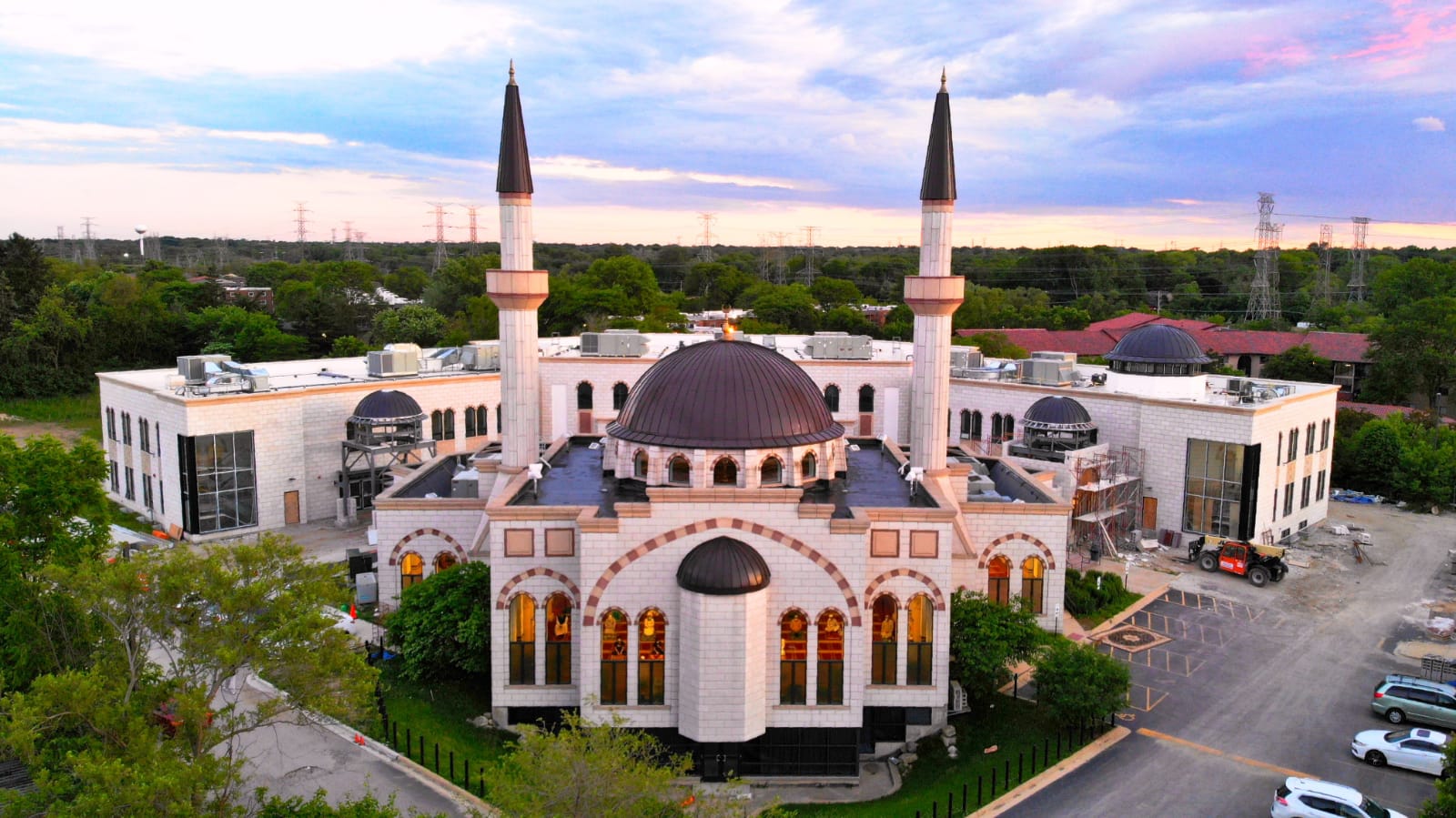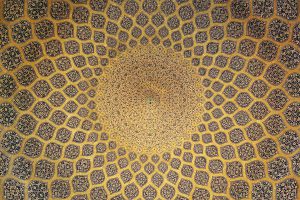Mufti Muhammad Taha Karaan (RA) on Shaykh al-Islam’s Most Relied Upon Works

بسم الله الرحمن الرحيم
Question
As Salamu alaikum. Is Asna al-Matalib considered to be Sheikh al-Islam’s most relied upon work? Is there a particular reason why Ibn Hajar followed Sheikh al-Islam in many masa’il aside from being his student? Likewise, did Ramli concur with his father’s views due to their strengths?
Mufti Taha’s Answer
Wa alaykum salam
I have not seen any standard ranking of Shaykh al-Islam’s works. This is probably on account of the fact that preference in terms of fatwa is not directly upon Shaykh al-Islam’s works but upon that of his students. The rajih is therefore that which is determined by them, without any consideration to ranking within his works.
I have not come across an explicitly stated reason for Ibn Hajar’s tendency to side with Shayh al-Islam, and that of Ramli to side with his father. The most that I have done in this regard is to count, from Qaradaghi’s al-Manhal al-Naddakh, the number of times the phenomenon occurs. As for the precise reason, it is something that could only be revealed through a deep empirical study.
What I can say off the cuff is that the type of differences that exist in this latter period are much more subtle and refined than those that Rafi’i and Nawawi had to contend with. The Shaykhayn were faced with two categories of ikhtilaf:
(1) cases in which tarjih could be determined through ascertaining strength of dalil
(2) cases where the dalil on either side is more or less commensurate, making grading in terms of dalil strength difficult if not impossible.
In this second category the Shaykhayn were guided by the principle which Rafi’i states in the khutbah of Muharrar: the majority rule. Tarjih would be given to the view supported by the larger number of the Ashab. In this manner, and with this two-pronged approach, the Shaykhayn accomplished the work of standardising the madhhab through tarjih.
When the second period of tarjih was ushered in by Shaykh al-Islam and Shihab Ramli, there are several things to be noted. Firstly, the ikhtilaf that occurred here tended not to be the kind in which a straightforward dalil-based tarjih would be possible, simply because of the complexity in the nature of the case. You would have seen an example hereof in the case of tanning under discussion. Secondly, numerical majority as used by the Shaykhayn also does not feature as a factor of tarjih. In many of the cases it would simply be one or two figures in the madhhab. In the tanning case you would have noticed that only Zarkashi is quoted. Often there would be no reference to earlier authority (e.g., Isnawi, Adhra’i, Subki, Ibn al-‘Imad) and it would be only Shaykh al-Islam vs Ramli.
Thus, both options that were open to the Shaykhayn were not open to the students of Shaykh al-Islam’s school. That they then polarised into the phenomenon of Ibn Hajar with Shaykh al-Islam, and Ramli with his father, could be put down either to subjective preference (“I side with Shaykh al-Islam because he is greater,” or “I side with my father because he is my father,”) or some form of objective assessment. The evidence tends to favour the latter, especially when one considers that you even get cases where the phenomenon is turned upside down with Ibn Hajar, for example, siding with the elder Ramli while the younger Ramli concurs with Shaykh al-Islam.
All of the above, however, is very much theory that needs to be tested against empirical evidence before it could crystallise into something of a higher order than conjecture.


